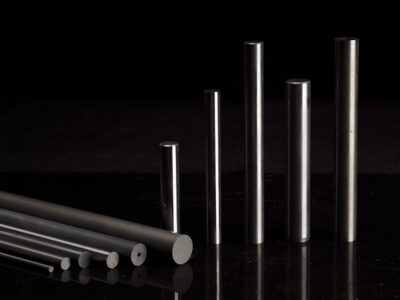External ridges on pipes or beams are called flanges. They allow pipes to join with one another to form pipelines. In process industry, multiple pipe sections get welded or bolted together, at these flanges. It allows for easy transportation, assemble, install and disassemble in comparison to a single huge section. As they are easy to disassemble, inspection, cleaning, and maintenance activities are performed comfortably without affecting piping system’s large portion.
Factors to consider while joining the flanges
Torque tightening
The area, where two pipes are joined together is called flange joint. It is a crucial area, which manages the piping system’s integrity. Leaks can delay production, cause unintended shutdown or create considerable safety episodes. Therefore an appropriate gasket installation is necessary. The bolts have to be given correct bolt tension. Care must be given to the total bolt strength. It must be divided evenly across the total flange surface.

Torque wrench
Torque wrench is screwing tool, operator uses to measure rotational torque applied on the nut or bolt. For the success of proper flange bolt tightening process the operator has to be skilled experienced and use proper tools. The tools include manual wrench, hammer wrench, hydraulic bolt tensioner, impact wrench, and hydraulic torque wrench. The operators even use flange spreader tool to separate the flanges during maintenance and repairs. The spreader acts as a jacking system to keep the problematic flanges open for conducting cleaning works within the pipes.
Proper gasket thickness
In bolted joints, torque loss is inbuilt. After 24 hours of installation the overall effect of bolt relaxation is combined with system vibration, gasket creep, elastic interaction and thermal expansion due to bolt tightening possibly contributes to torque loss. Due to increase in internal pressure the torque loss reaches its extreme and the compressive force, which holds gasket in place blows out or occurs a leak.
Therefore gasket installation and even its thickness is important. Thicker gasket thickness higher gasket creep resulting in torque loss. Thin gasket material capably handles high gasket load as well as high internal pressure. When installing gasket, bring and join flanges slowly and in parallel. Follow appropriate bolt tightening sequence. While tightening 4-bolt flange use crisscross pattern. Thus maintenance cost gets reduced and safety gets enhanced.

Lubrication reduces friction, so apply it to the male threads and nut bearing surface. Thus bolt failure incident will decrease as well as the bolt life will increase. Make sure to clean flange surfaces before you start the bolting process.












Comments